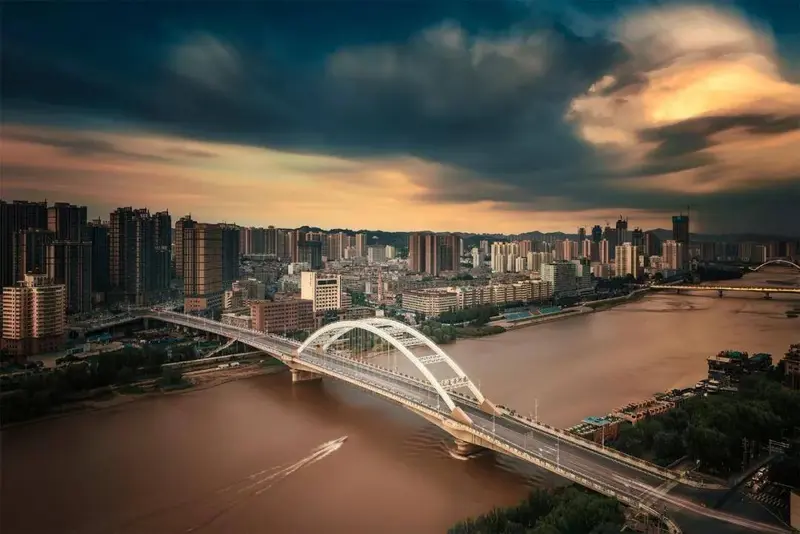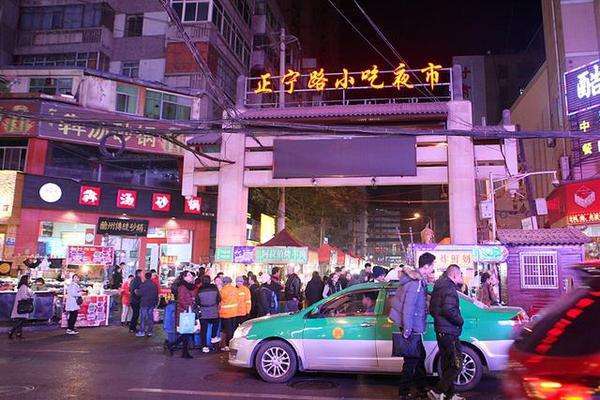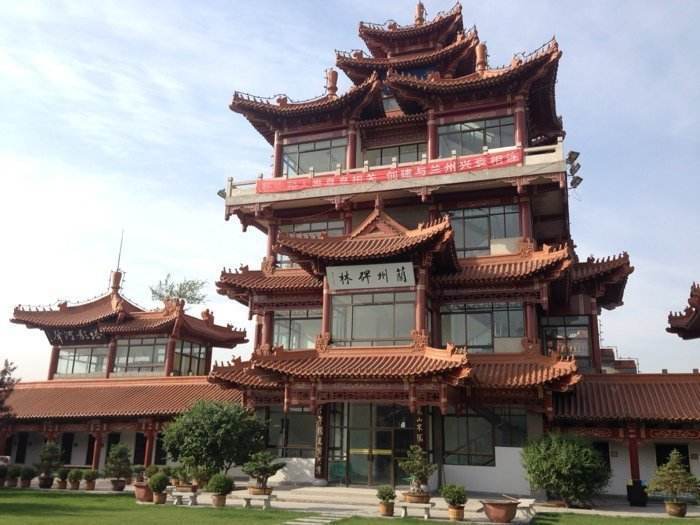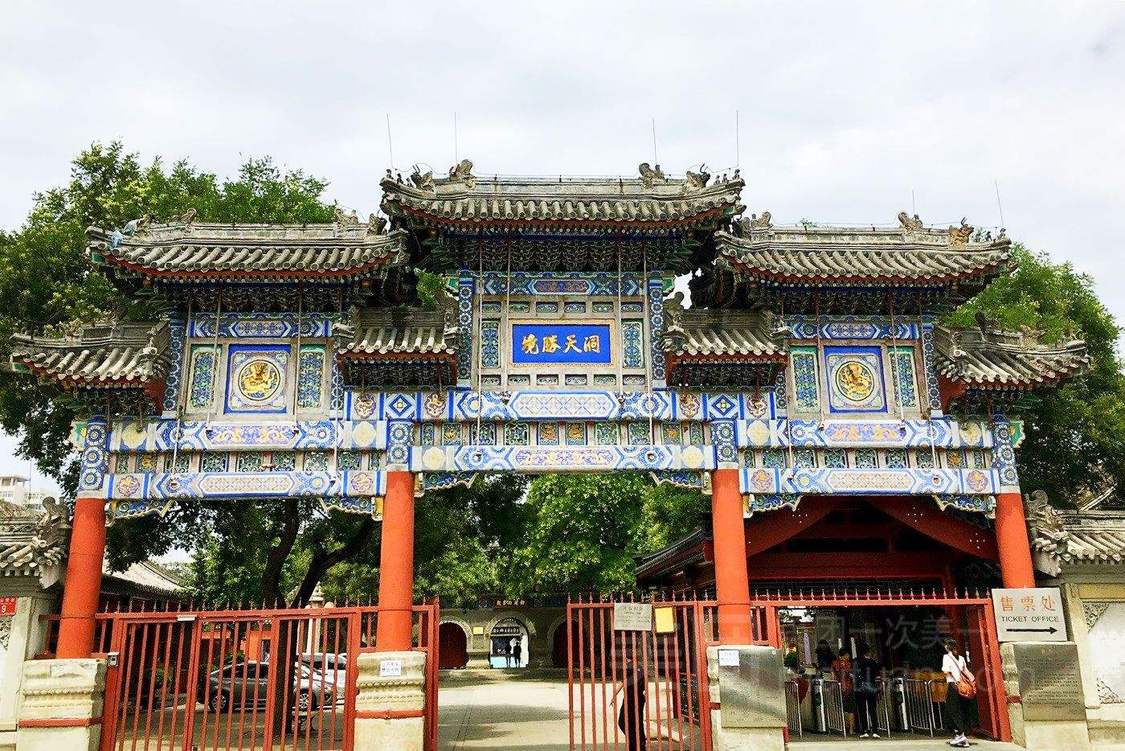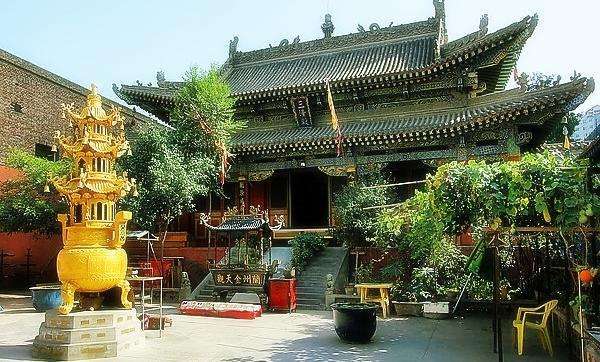Located on the northern slope of Gaolan Mountain in the southern part of Lanzhou City, Gansu Province, Wuqian Mountain National Forest Park is known for its five famous springs and ancient Buddhist architecture. The park is situated at an altitude of over 1600 meters, covering an area of 267,000 square meters. It features more than 10 architectural complexes from the Ming and Qing dynasties, with over 1,000 rooms and a total building area of more than 10,000 square meters, making it a grand scale. In 2013, these ancient buildings were listed as a national key cultural relic protection unit.
Zhengning Road Snack Night Market
Zhengning Road Night Market is the largest night market snack area in Chengguan District, Lanzhou City. Located in a bustling area, it is a long street that is brightly lit throughout the night. Various kinds of snacks are gathered here, too many to count. Every night, nearly a hundred stalls are neatly arranged from east to west. The rhythmic calls of the vendors attract passersby, creating a spectacular scene. Snacks include grilled fish, grilled meat, grilled lamb skewers, stinky tofu, cold noodles, fried potato strips, sheep's head, braised noodles, sweet wine, apricot peel water, and more.
The Lanzhou Stele Forest displays famous steles from Gansu that have been recopied or collected. These include the Western Xia Stele with both Han and Western Xia scripts, the Dachongjiao Temple Stele with both Han and Tibetan scripts, the Xining King Stele with both Han and Mongolian scripts, and the Zhenhai Temple Stele with both Han and Phags-pa scripts. Other notable steles include the Wang Renyu Spirit Way Stele, the Princess Honghua Tomb Stele, and the Goulou Stele. The east and west stele corridors exhibit works by famous historical figures from Gansu and handwritings of renowned individuals from various dynasties.
Baiyun Temple, originally built during the Tang Dynasty, was a sacred place where Emperor Xuanzong of Tang worshipped Laozi, and it was named Tianchang Temple. During the reign of Emperor Shizong of Jin, it underwent significant expansion and was renamed Tianchang Temple Shifang. In the late Jin Dynasty, it was rebuilt as the Taiji Palace. Baiyun Temple houses a large collection of precious cultural relics, the most famous of which are the 'Three Treasures': the Ming edition of the 'Daozang', the Tang Dynasty stone sculpture of the seated Laozi, and the stone inscriptions of the 'Daodejing' and 'Yinfujing' by the great Yuan Dynasty calligrapher Zhao Mengfu.
Located on Xijin East Road in Qilihe, opposite Xiaoxihu Park, Jintian Temple has a slightly longer history than Baiyun Temple. It was built in the first year of Emperor Jianwen of the Ming Dynasty (1400) and covers an area of 54 acres. Previously, it was Yunfeng Temple during the Tang Dynasty and Jiuyang Temple during the Song Dynasty. Because it is located directly west of the city, and in the Five Elements theory, the west corresponds to metal, it is called Jintian Temple.
